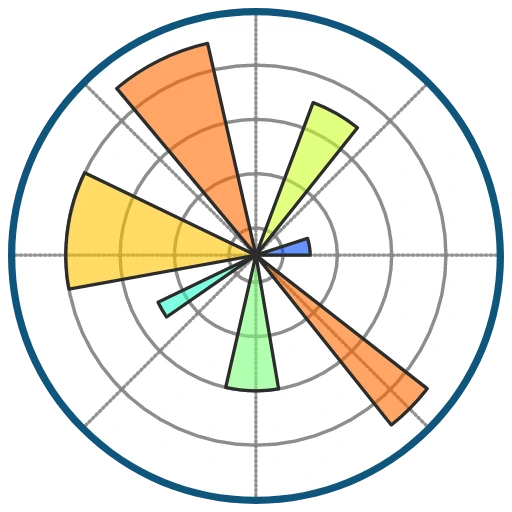|| Data Science Using Python Certification Course
The Data Science Using Python course provides both novices and experts with a thorough, practical introduction to the fields of data science and analytics. It starts with the basics of Python programming before delving into crucial data science libraries for data analysis, visualization, and manipulation, such as NumPy, Pandas, Matplotlib, Seaborn, and Scikit-learn. In data-driven decision making, exploratory data analysis (EDA), and data cleaning, learners acquire useful skills.
After studying the fundamental Python data science libraries, such as Pandas, NumPy, and Matplotlib, students investigate data preprocessing, exploratory data analysis (EDA), and data visualization methods firsthand. After that, the course moves on to supervised and unsupervised machine learning method implementations in the real world using tools like Scikit-learn, TensorFlow, and Keras.
This Python for data science course, which is intended for both novices and experts, gives students the hands-on skills they need to work on actual data science projects, create prediction models, and extract useful insights from data. Participants will graduate from the program with the skills and self-assurance necessary to tackle challenging data problems and go on to work as data scientists, analysts, or machine learning engineers, all of which are backed by a respected data science certification.
A strong and thorough curriculum designed to give students the theoretical understanding and practical abilities necessary to analyze, interpret, and visualize data using the Python programming language is provided by the Data Science with Python course. In order to give prospective data professionals a solid programming foundation, the curriculum starts with an introduction to Python foundations, covering important subjects including syntax, data types, control structures, loops, and functions.
Building upon this foundation, the course explores key Python data science libraries such as NumPy, Pandas, and Matplotlib, empowering students to carry out effective statistical analysis, data visualization, and data manipulation. In order to get datasets ready for machine learning operations, participants learn how to manage missing values, clean and preprocess data, and use feature engineering approaches.
Upon completion, learners will receive a certification in data science using Python, validating their knowledge in the subject and improving their employment opportunities. This course is great for professionals looking to upgrade their skills with the newest tools and approaches as well as anyone looking to pursue a career in data science. The course material is structured to give students practical experience, making them employable by equipping them with the knowledge and skills necessary to use Python to address real-world data problems. Upon completion of the course, students will possess the necessary skills to manage intricate data analysis assignments and create predictive models, making them invaluable resources in the data-driven sector.
Please contact the nearest BIT training institute or send an email to inquiry@bitbaroda.com with any additional questions you may have regarding our Data Science using Python training course. We offer a free demo by calling us at +91-9328994901. We offer top-notch Data Science using Python classes in Vadodara-Sayajigunj, Vadodara - Waghodia Road, Vadodara - Manjalpur, Ahmedabad, Anand, and Nadiad.













 4.8 (21,636) reviews
4.8 (21,636) reviews
 Pandas
Pandas
 PyTorch
PyTorch
 NumPy
NumPy
 Matplotlib
Matplotlib
 Scikit-learn
Scikit-learn
 Keras
Keras
 GitHub
GitHub
 Scipy
Scipy
 Docker
Docker
 MySQL
MySQL
 AWS
AWS
 Plotly
Plotly


 Read more
Read more 
